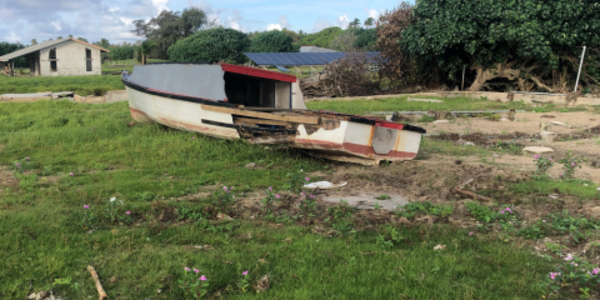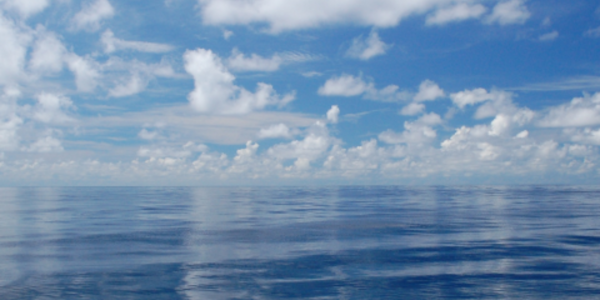World Ocean Atlas updated with 1991–2020 30-year climatological mean fields for better ocean assessments

A major update has begun for the World Ocean Atlas (WOA)—its initial release introduces temperature and salinity 1991–2020 climate normals. This is a new standard for the widely used resource of ocean observations and compliments other recently released 1991-2020 global and U.S. Climate Normals.
Climate normals, 30-year averages of data, provide a long-term mean for comparing observations, such as ocean temperature and salinity, to the most recent 30-year climate, as represented by essential climate variables. Comparing new observations to the most recent climate normals allows us to assess whether or not current observations are truly anomalous in the context of the most recent climatological background. Climate normals are a standard among the scientific community and established by the World Meteorological Organization.
In the first stages of the update, NCEI, which produces the WOA, is releasing new temperature and salinity normals. The subset is part of a full update, from WOA18 to WOA23 to be released in late 2023.
The WOA is based on the World Ocean Database (WOD), the world’s largest collection of ocean profile data that are available internationally without restriction. The WOA, also publicly available, represents the gridded objective analyses of the WOD. Climatologies in the atlas are defined as mean oceanographic fields at selected standard depth levels and calculated using an objective analysis on historical oceanographic profiles. Ocean profile data are sets of measurements of an ocean variable vs. depth at a single geographic location within a short (minutes to hours) time period in some portion of the water column from the surface to the bottom. Many of today’s instruments can concurrently observe multiple variables.
History and Uses of WOA
Both the WOD and the WOA are used so frequently that they have become known generically as the “Levitus Climatology,” named for NOAA scientist Sydney (Syd) Levitus, who pioneered the creation and development of the groundbreaking Climatological Atlas of the World Ocean back in 1982 (Levitus, S., Climatological Atlas of the World Ocean, NOAA/ERL GFDL. Professional Paper 13, Princeton, N.J., 173 pp. NTIS PB83-184093, 1982). The database and atlas enabled systematic studies of ocean variability that were not previously possible.
The WOA contains oceanographic analyses of subsurface ocean variables at standard depths. The WOA has been published semi-regularly since 1994, with versions in 1998, 2001, 2005, 2009, 2013, 2018, and with the next release planned in 2023.
Previous versions of the WOA have been useful to oceanographers, climate researchers, geophysicists, and operational environmental forecasting communities. The gridded oceanographic variable climatologies are used to support the development of numerical ocean circulation models and atmosphere—ocean models. The WOA also assists in: the verification of numerical simulations of the ocean, as a form of "sea truth" for satellite measurements such as sea surface temperature and salinity, verification of satellite altimeter measurements of sea surface height, computation of nutrient fluxes, planning oceanographic expeditions, and assessing physical and biogeochemical changes in the ocean, among other uses.
Why Study Ocean Variables
In situ measurements of ocean variables help scientists understand the health and status of our changing ocean. For instance, plankton data can show whether conditions can support other types of marine life and whether those conditions are changing. Temperature and salinity observations allow researchers to infer important information about climate variability and determine the ocean's role in Earth's energy (im)balance and water cycle, respectively.



